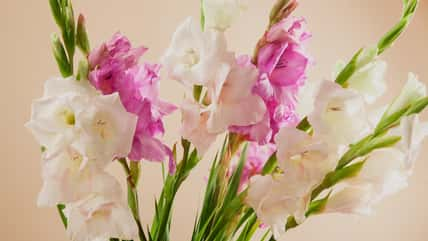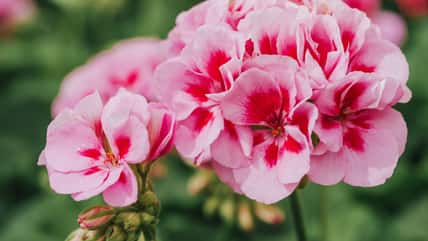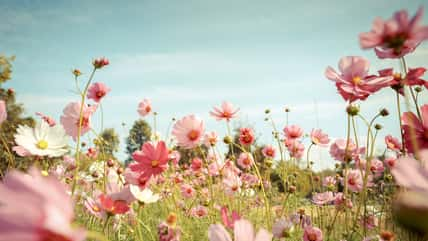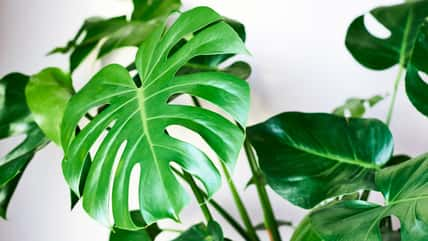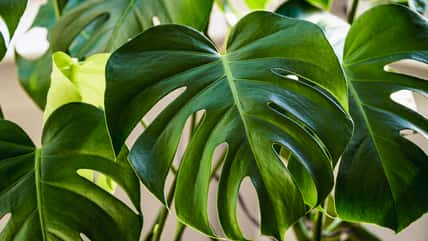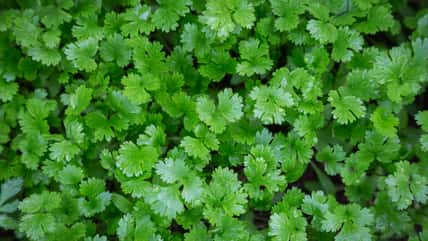Everything You Need To Know About Growing Basil In Your Garden

If you want an unlimited supply of basil to add to your salads, pasta, or pizza, your wish has been granted. We’re here to let you know that the aromatic herb is relatively easy to grow. Follow this brief guide, and you’ll have big, bushy basil leaves in no time!
Basil plants don’t like the cold, so you want to avoid putting them in the ground until after the last frost. For basil to grow well, it needs proper drainage and six hours of sunlight per day.
Pick the sunniest spot in your yard to situate them. If you’re growing the plants indoors, place them on a windowsill.
Next, make sure to use organic, rich soils. Add compost to your garden soil or an organic blend to your potting mix.
Basil doesn’t tolerate drought, so you must water them regularly. If the leaves droop, that means they need a drink.
Also, fertilize them about once a month to provide the essential nutrients it needs to produce strong leaves. A well-balanced fertilizer with low rates of nitrogen, potassium, and phosphorous will do the trick.
Prune/harvest basil often to keep the leaves coming. When you notice flower buds beginning to form on your basil plants, it’s time to prune. Pinch the flower buds off, so your basil can reserve its energy for producing leaves instead.
There are over sixty species of basil, and they all thrive in warm, sunny conditions. Here are just a few of the most popular types you can choose from to grow in your garden.
Thai basil is native to Southeast Asia and has shiny green serrated leaves. They also have purple stems, which help to distinguish them from other varieties. Thai basil provides a fresh, bold flavor to many Asian stir-fry dishes.
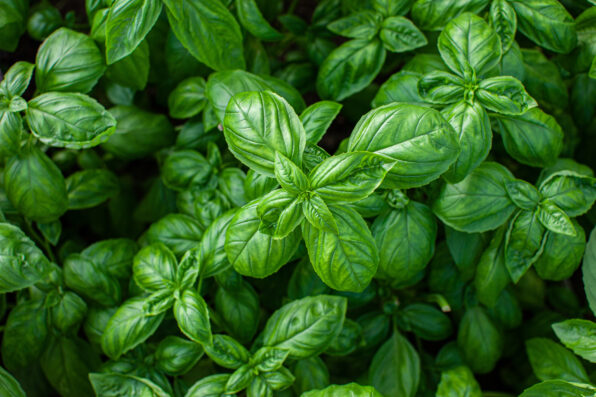
Daria – stock.adobe.com – illustrative purposes only
Another option is lemon basil. True to its name, it has a lemony scent that makes a great addition to both savory and sweet dishes alike. The lemon basil’s leaves are narrow and oval-shaped that taper into a distinct point.
Finally, we have cinnamon basil. Cinnamon basil’s leaves have violet veins, and the plant gives off lovely purplish blooms. It has a spicy flavor akin to cinnamon.
Which basil variety will you grow?
If true crime defines your free time, this is for you: join Chip Chick’s True Crime Tribe
Sign up for Chip Chick’s newsletter and get stories like this delivered to your inbox.
More About:Gardening
